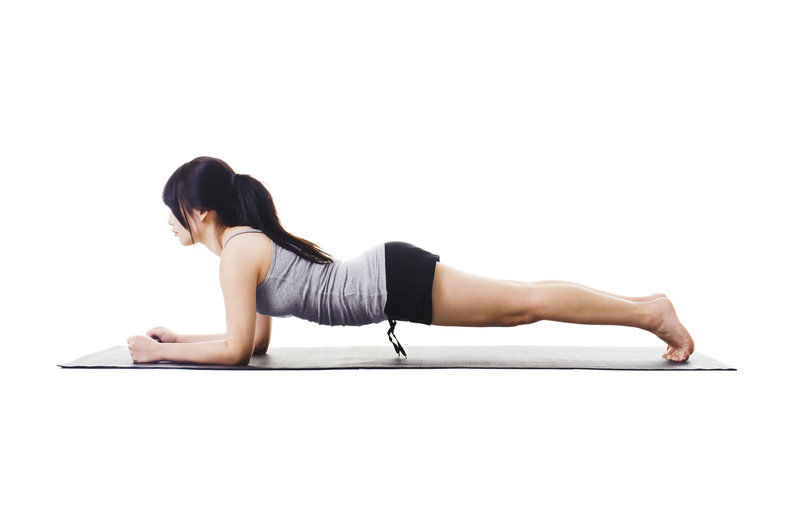The fabled core. It’s a pretty broad name. I could say lumbo-pelvic hip complex, but I honestly doubt you give a shit about the name. You just want to make it stronger. You want to do it correctly. You don’t want to waste your time. You could do 3 million crunches, or you pay attention to a few points and get way more results for your effort.
Let’s take a look at rib position. How long can you hold a plank? A minute? Two Minutes? An hour? Does your plank look like this?

The primary function of the abdominals is to resist movement. Should I say it again? If you’re training the core solely through crunches, leg lifts, or weighted side bends, you’re leaving strength gains on the table, and could possibly be doing more harm than good. Athletic endeavors such as throwing a ball, sprinting, and pulling on a foothold all depend on a stable midsection to transfer force from our larger lower body muscles to our upper body. Simply moving repeatedly into loaded flexion, extension and rotation will not lead to a great carryover into performance, especially if a stable, immobile foundation does not exist.
How to make it better
Let’s take a crunch. Simply put, a crunch is a flexion movement. Flexion is the counterpoint to extension. To safely train this movement without trying to make our stabilizers prime movers, simply find a way to resist movement instead of creating movement. Instead of a flexion movement, make it an anti-extension movement. A front plank, briefly discussed in the previous video, is a fantastic anti extension movement, as long as the ribs are set correctly.
Those weighted side bends you see in the gym? Lateral flexion. Try a heavy suitcase farmer walk instead. I like to mix this in with other strength work, for about 10 steps each foot, each direction, per set.
Seated Twists? How about the pallof press, an incredibly effective anti-rotation drill. 5-8 presses facing each way for 3-5 sets is a great starting point.
https://youtu.be/FBNwQodSUEo
With any of these exercises, the goal should be to keep a rigid midsection, and allow the limbs to move without having to compensate in the trunk. Work to control movement instead of forcing it. Controlling something is expressing strength. Forcing something is spastic and weak. Which way do you want to move?
———-
Kettlebells For Climbers, a climbing foundational strength program I co-wrote with Kris Hampton of Power Company Climbing, is selling well and people are enjoying it! (Or so it seems) Grab your copy here.
I have a couple slots open for training, remote or in person. If you’re interested, contact me through here.

